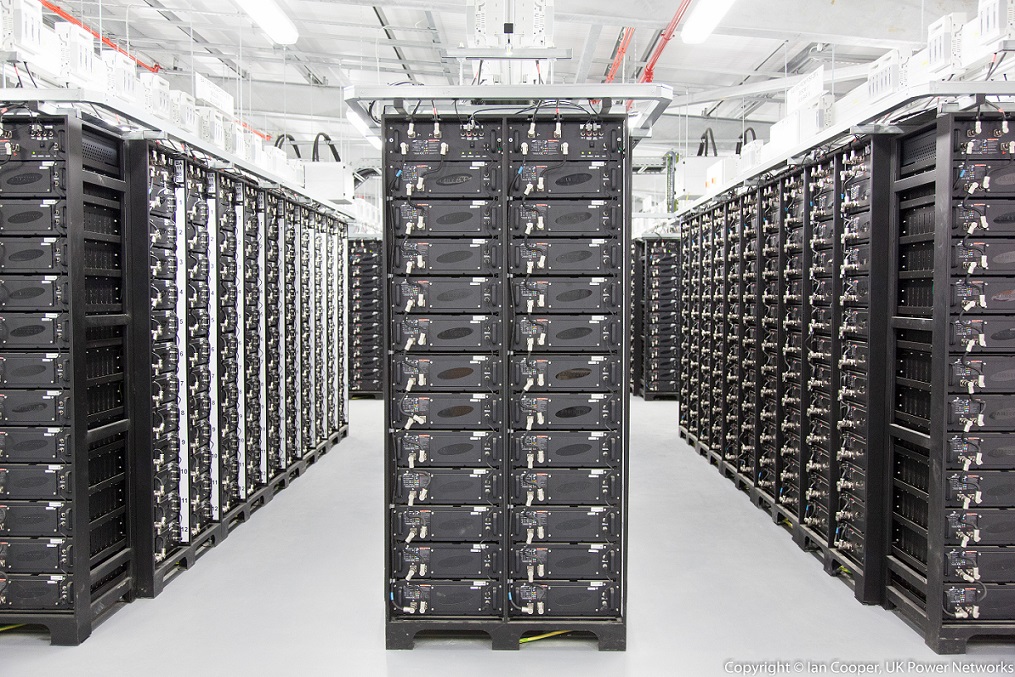
Image: UKPN.
After what proved to be something of a landmark year for battery storage in the UK in 2017, Solar Media’s storage editor Andy Colthorpe caught up with Electricity Storage Network chief executive Georgina Penfold to take a look forward at what 2018 might hold in store for the technology.
Did 2017 meet your expectations or surpass them?
2017 started well, riding on the back of the EFR tender, large scale storage hit the big time with storage competing successfully in the Capacity Market auctions. Behind the meter (both domestic and commercial) gained traction and it is now commonplace to find storage talked about throughout the industry – as if we have always had it.
But expectations are hard to manage, and the law of unintended consequences came into play. So much interest in ancillary services depressed prices substantially, making the business case for many battery projects rather uncertain. The reduction in embedded benefits further dented the business case. We hoped for increased interest in longer duration storage, and our expectations were surpassed by the change in the derating factors for the Capacity Market, which brings a more realistic approach to the introduction of storage.
What are you expecting to see for 2018, and what would you hope to see this year?
Of course, there will be more interest in storage. EV infrastructure and V2G will be major disruptions to the whole electricity sector, but this won’t be without some considerable change to the way that the system will operate. The current electricity market is not functioning well, and we hope for some major changes to the way that the electricity market is configured, not least a more rational approach to dynamic pricing.
What will be the biggest challenges to face the industry for 2018?
There is a risk that the storage industry follows the solar industry with a sudden, and sad decline in the number of participants as companies realise that there is a limited market, with limited revenues. However, the DNO/DSO transition will mean that storage is an essential part of the smart grid so bulk storage should remain a growth area.
What changes would you like to see – perhaps at policy or industry level – that could improve the prospects for deployment of energy storage in a cost-effective and transformative way?
We need to change from half-hour settlement to 15 minute or 5 minute prices, and to make sure that everyone is responsible for their own balancing with no exceptions based on size.
What are some of the most exciting developments in a) technology, b) finance and business, and c) policy and regulation that could have a big impact on the energy storage market this year and in the near future?
In technology, we need to remember that there are other types of batteries besides lithium batteries, and there are other types of storage besides batteries. In finance, we need to remind investors that storage is long term activity with changing markets. Investing with a flexible attitude to services will bring rewards. In policy and regulation, the biggest impact would come from ensuring that all generators are responsible for their own balancing.

